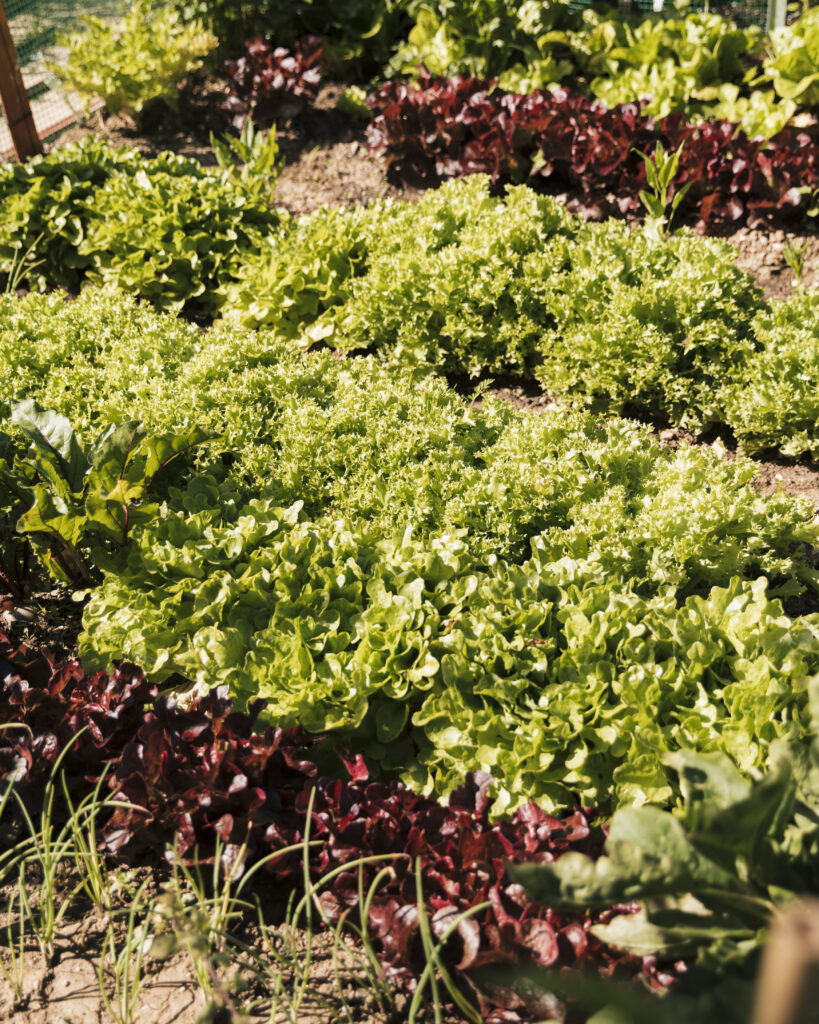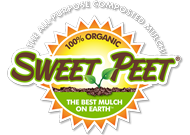
How to Create an Edible Landscape That’s Both Functional
and Beautiful
Edible landscaping is more than just a trend—it’s a way to blend form and function in your
outdoor space. Whether you’re transforming a suburban backyard or a tiny urban lot, the
goal is the same: create a space that’s as visually stunning as it is productive. The best
edible landscapes feel intentional, with a balance of structure, color, and practicality.
Instead of hiding vegetable beds in the backyard, you can weave them into the overall
design, turning your garden into a living pantry. And if you find yourself loving the process,
you might even turn your skills into a business.
Start with a Thoughtful Design
The key to a cohesive edible landscape is starting with a plan. Think of your space as a
canvas, with layers of height, texture, and color. Herbs and leafy greens can act as ground
cover, berry bushes provide a mid-layer, and fruit trees create a stunning canopy. Consider
pathways, focal points, and seasonal interest—your garden should look good year-round.
Sketch it out or use a free garden planning tool like Smart Gardener to visualize how
everything will fit together.
Choose Multi-Purpose Plants
Every plant in an edible landscape should serve more than one function. Lavender, for
example, offers fragrant blooms, attracts pollinators, and can be used in teas or baking.
Blueberry bushes provide food and double as ornamental shrubs with fiery red leaves in
the fall. Even climbing vegetables like scarlet runner beans can add vertical interest while
feeding your family. For plant pairings that thrive together, look into resources like “Gaia’s
Garden” by Toby Hemenway, which dives deep into permaculture design.
Incorporate Hardscaping for Structure
A beautiful edible garden isn’t just about the plants—it’s about the bones of the space.
Hardscaping elements like trellises, raised beds, and stone pathways help define the garden
and make it more inviting. A well-placed arbor covered in grapevines can become a shaded
retreat, while a simple brick border keeps unruly herbs contained. If you’re into DIY
projects, “The Resilient Gardener” by Carol Deppe has great insights on functional garden
design.
Maximize Small Spaces with Vertical Gardening
Not everyone has the luxury of a large backyard, but that doesn’t mean you can’t grow food
beautifully. Vertical gardening lets you maximize your space while adding visual interest.
Wall planters, hanging baskets, and stacked herb gardens are perfect for patios and
balconies. Try growing espaliered fruit trees against a fence or using a vertical hydroponic
system like the Tower Garden. Websites like Vertical Veg offer great inspiration for
growing upwards instead of outwards.
Use Companion Planting for a Healthier Ecosystem
Good design isn’t just about looks—it’s also about creating a garden that sustains itself.
Companion planting helps by naturally deterring pests and improving plant health.
Marigolds, for instance, repel nematodes, while basil enhances the flavor of tomatoes. A
diverse mix of plants prevents monoculture issues and attracts beneficial insects. The book
“Carrots Love Tomatoes” by Louise Riotte is a must-read for anyone looking to master
companion planting.
Think Seasonally for Year-Round Beauty
An edible garden should be dynamic, changing with the seasons rather than peaking in one
short burst. Aim for a mix of spring bulbs, summer fruit, fall harvests, and winter greens.
Even in colder climates, plants like kale, chard, and winter squash keep things lively. If
you’re unsure how to keep your garden thriving year-round, check out “Four-Season
Harvest” by Eliot Coleman, which is packed with practical advice.
Turn Your Green Thumb into a Landscaping Business
If you find yourself spending more time perfecting edible landscapes than doing anything
else, it might be time to think bigger. Edible landscaping is in demand, and many
homeowners want gardens that are both attractive and productive but don’t know where
to start. Consider getting certified in permaculture design or sustainable landscaping to
build credibility. Additionally, develop a strong business and marketing plan. You’ll also
need to register as a limited liability company. If you’re not sure how to start an LLC in
Ohio, check out a reputable formation service.
Creating an edible landscape is about more than just growing food—it’s about reimagining
what a garden can be. By blending aesthetics with functionality, you can turn your outdoor
space into a lush, productive retreat. And if you fall in love with the process, why not turn it
into a career? The world needs more green spaces, and you just might be the one to create
them.
Discover the magic of Sweet Peet® and see why it’s a favorite on Martha Stewart — visit us
today to transform your garden!


